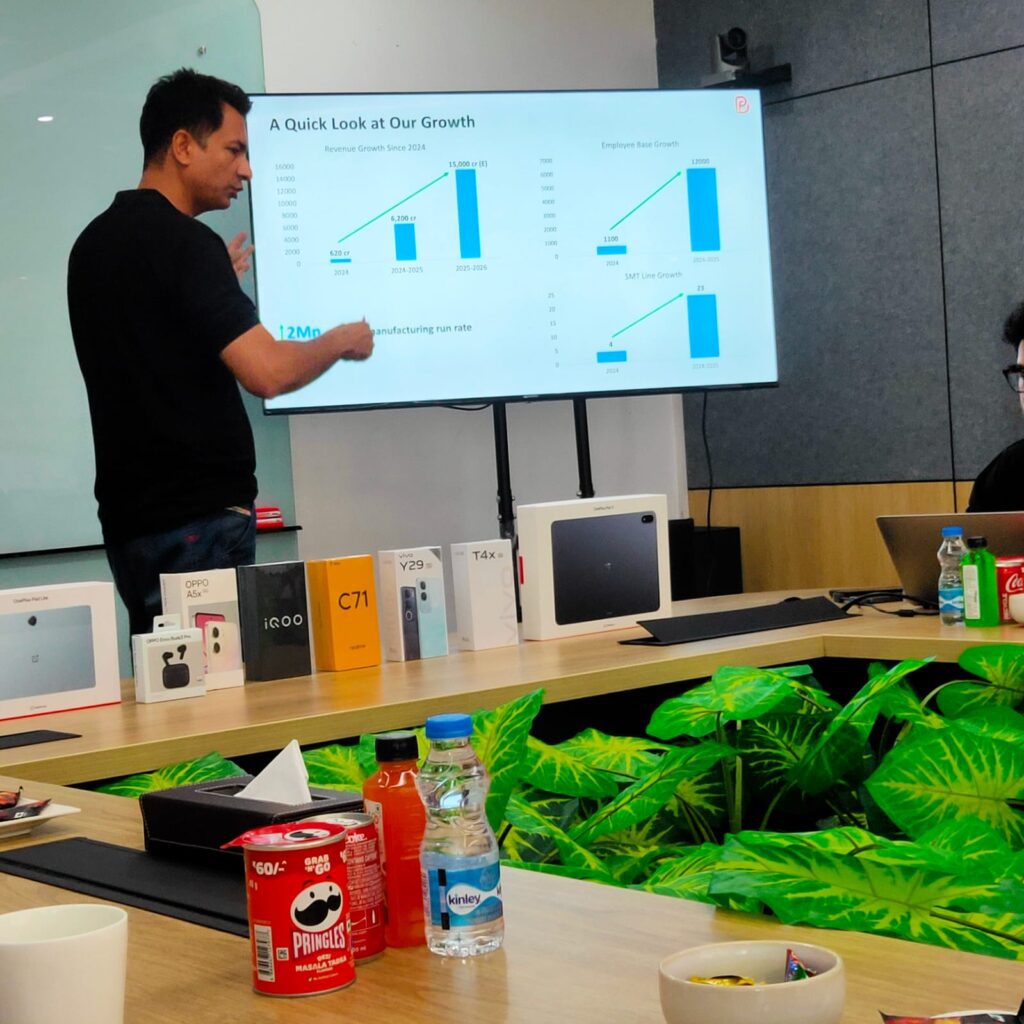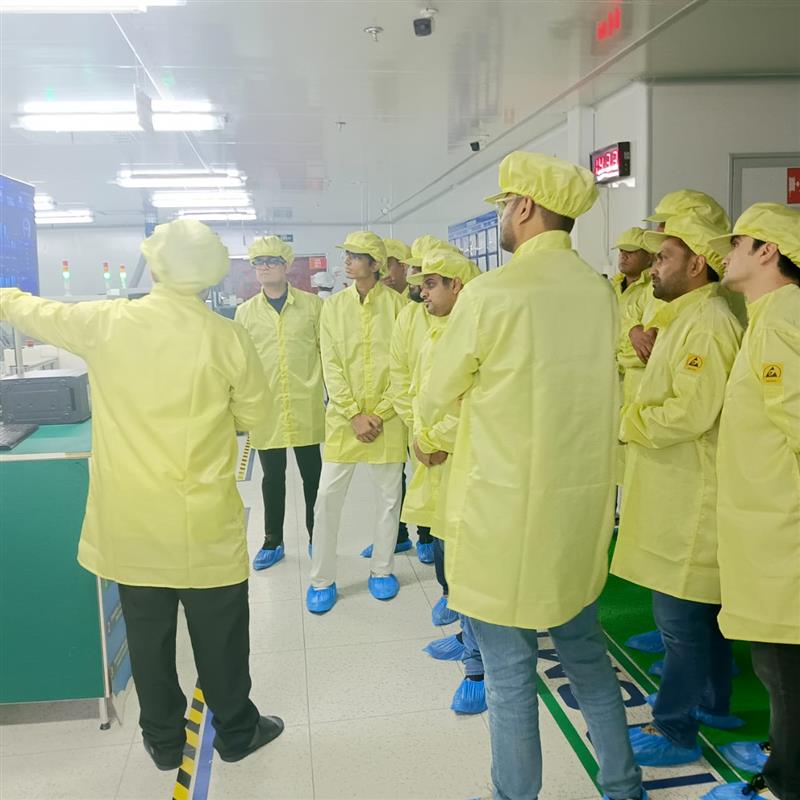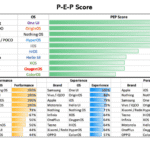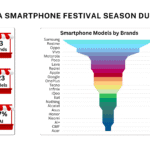Arriving at Bhagwati Products Limited (BPL) in Greater Noida after a long journey, I was immediately struck by an atmosphere that contrasted sharply with my expectations. What I had imagined as a rough-and-ready factory visit turned out to be a visit to a world class facility equipped with all latest capabilities — and a revealing look into a rapidly scaling manufacturing operation.
Warm welcome and the opening session
The factory tour was an invite only exclusive visit to a compact gathering (9 only) of analysts and media professionals. Representing BPL, Rahul Sharma, an industry veteran and one of the early entrepreneurs of the country in this space started a very insightful and interactive discussion.

The first half of the day covered an overview of the factory and BPL’s trajectory. Key points shared during the presentation:
- The factory spans 15 lakh sq. ft. and is operating at full capacity.
- The facility started in 2024 and has shown rapid financial growth: from ₹620 crore at inception in 2024 to ₹6,200 crore in 2024–25, with an expected ₹15,000 crore in 2025–26 (figures as presented during the session).
- BPL already collaborates with several well-known brands — for example, vivo, OPPO, realme, OnePlus, miPhi, and iQOO — and manufactures products including tablets, smartphones, earbuds, routers and more.
Partnership and product strategy
One of the key differentiators that stood out was that BPL is a joint venture with Huaqin, a leading global ODM from China. This partnership, combined with BPL’s own strategy, appears to be central to how the company plans to scale.
BPL outlined a “3 + N + 3” products strategy. In short, this organizes products across three ecosystems — Smartphone, PC, and Data Center — while also developing three business verticals: Robotic Business, Software Business, and Automotive Electronics Business. The framework is broad and intended to cover both product and business diversification as the company grows.
Q&A: priorities, focus areas, and competitive positioning
The session remained interactive throughout and concluded with a Q&A. A few responses of note:
- Long-term goal: BPL emphasized that its vision goes beyond simply expanding manufacturing capacity. The company’s focus is on building a world-class, highly skilled workforce and a leading R&D team. While specific brands were not named, it was indicated that BPL is already engaged in R&D activities.
- Current and future product focus: Today, BPL is primarily focused on smartphones, but the company plans to expand into other product lines over time. A particular area highlighted for future focus is AR/VR.
- Competing with local players: When asked about competition, the answer was that different companies are pursuing different directions; BPL’s strategy and goals are distinct from many local players, implying a differentiated roadmap rather than a head-on race.
Lunch and networking
Lunch provided a relaxed opportunity for industry conversations. One recurring point in the casual exchanges was a timeless truth: for a company to gain trust, it must be reliable. The group also took a quick group photograph before moving to the second half of the program.
The factory tour — safety first
Before entering production areas we were asked to leave all metal items in the conference room. Everyone was provided protective gear: an upper-body gown, head covering, and shoe covers. After passing through cleaning and checks we entered the production zones.

SSD manufacturing line
Contrary to my expectation of full automation, the SSD line demonstrated a blend of automation and hands-on human inspection. The broad steps I observed were:
- SSD boards are placed on a base — typically grouped four at a time.
- Several intermediate checks and pressing/assembly steps are performed.
- At the final stages, two SSD chips are separated, inspected for defects, and then prepared for installation into devices (such as smartphones).
Throughout the line, manual checks and interventions were evident at nearly every stage, underscoring quality control discipline alongside automated machinery.
Smartphone production line
We observed OPPO devices in production that day. The visible flow included:
- Assembly beginning with the back panel and subsequent mounting of various internal parts.
- Camera modules assembled in a dust-free room.
- Battery installation, final assembly of the back panel, and then packaging.
- Multiple checks throughout assembly, including waterproofing tests.
- Software installation was performed manually by scanning the device — another example of human involvement paired with automation.
- Completed devices are packaged, consolidated, and readied for shipment.
After a few final checks we exited the manufacturing area.
Takeaways
My visit to Bhagwati Products Limited was informative on several fronts:
- BPL presents itself as a professional, fast-scaling operation with ambitious growth targets and a clear organizational strategy.
- The joint venture with Huaqin provides an important technical and manufacturing backbone, while the “3 + N + 3” strategy shows intent to diversify across ecosystems and business verticals.
- Despite heavy investment in automation, human oversight and manual quality checks remain integral to both SSD and smartphone production lines.
- BPL’s stated emphasis on building a global-level workforce and an R&D capability — along with a future interest in AR/VR — signals a move towards higher-value capabilities beyond contract manufacturing.
Overall, the visit left an impression of a company that is professional in execution, ambitious in growth, and deliberate about building capabilities that extend beyond assembly lines.






